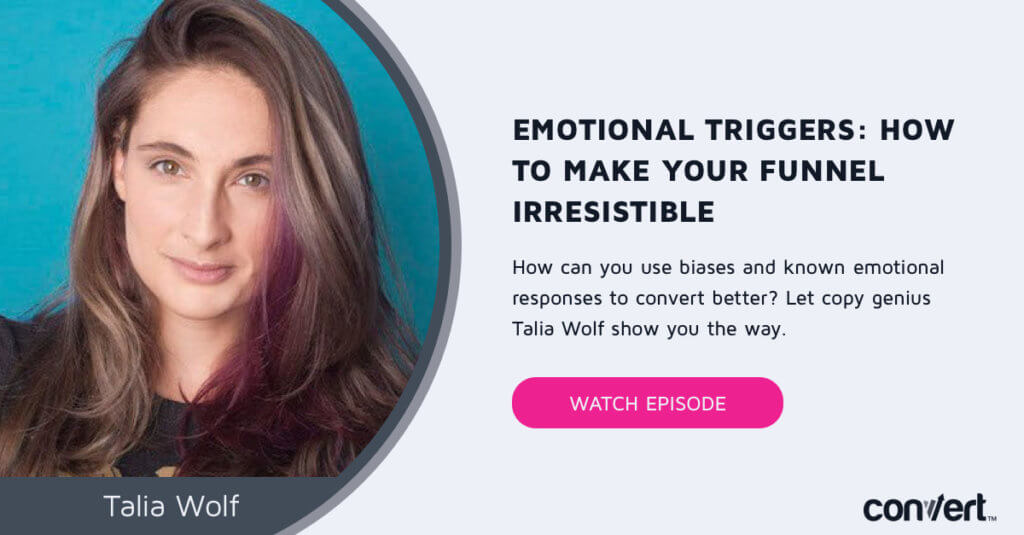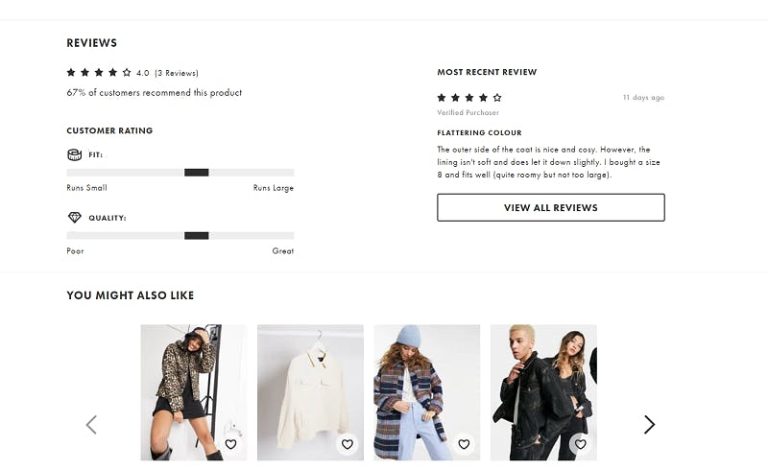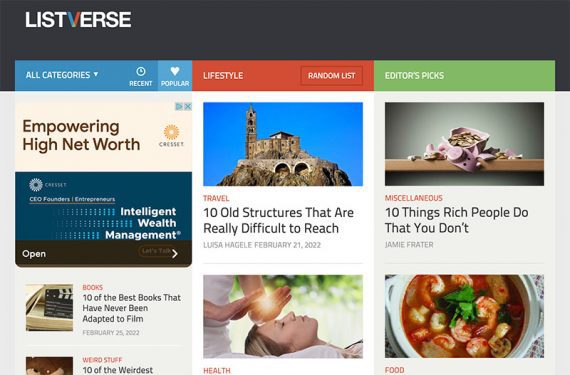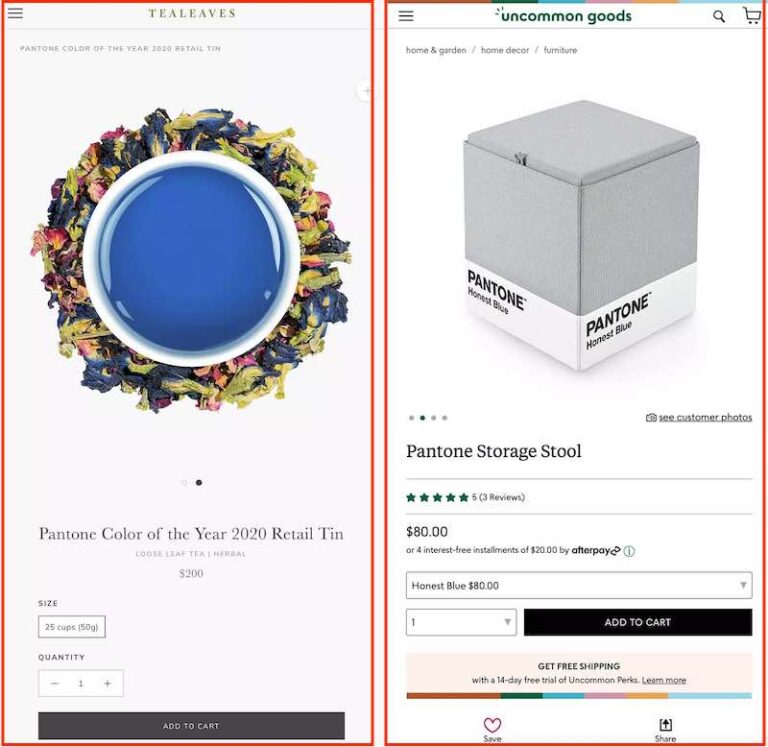44% of consumers say that they will likely become repeat buyers after a personalized shopping experience with a particular company. A lack of a personalized shopping experience reverses the equation. Customers are more likely to churn if they are treated as one among hundreds, thousands, and millions of other customers.
The Nicosia Model focuses on the relationship between the organization and its potential customers. According to this model, the messages from an organization (like ads) influence the predisposition of a consumer towards its product or service, which may lead the consumer to find out more information about the product. Customer behavior modeling is usually carried out using an analysis of – Recency, Frequency, and Monetary Value (RFM).
Well, modern-day marketers are more or less like Professor X. Not all of them have telepathic abilities, but there is a tool that makes them like Professor X.
Customer Behavior Modeling is defined as the creation of a mathematical construct to represent the common behaviors observed among particular groups of customers in order to predict how similar customers will behave under similar circumstances.
Here is a quick look at the answers to those questions.
For example, a financial services company can identify customers who are likely to churn with the following factors:
How is customer behavior modeling done?
The Pavlovian theory refers to a learning procedure that pairs a stimulus with a conditioned response. For example, the word ‘sale’ can generate the urge to shop for many people.
- Recency – The notion that customers who spent money buying from the business recently are most likely to spend money again.
- Frequency – The notion that customers who spend money more frequently with a business are most likely to spend compared to others.
- Monetary Value – The notion that customers who have spent the most money with a business are most likely to spend more than other customers.
This model takes into account the impact of society in the decision-making process of a buyer. For example, if a buyer belongs to an elite category that only wears a certain kind of dress, the buyer will conform to the choices of his or her society and purchase similar stuff.
The Importance of Customer Behavior Modeling
Maximizing CLTV is a tough challenge for any marketer, owing to the difficulty involved in retaining existing customers and keeping customer acquisition costs at a lower level.
Personalization is the marketing theme of the century, and it cannot be achieved without the power of data.
Customer behavior modeling helps look at these traits in minute detail. It also gives a comprehensive overview of customer data that is pulled together from CRM, email, social, and other sources, making it authentic. Using such data, proactive actions can be taken to prevent such customers from churning. A reduction in customer churn directly uplifts the revenue.
With customer behavior modeling, businesses can easily look at customer segments that are ripe for up-selling, cross-selling, and repeat purchases. These three sales maximizing tactics will maximize CLTV and also bring in more dollars to the business coffers.
Segmenting customers
The positive thing about customer behavior modeling is it holds true for almost every industry and business, regardless of their size, with no distinction.
Tracking customer life-cycle
Mathematics has always been looked down upon as a serious and non-glamorous subject. But, if it is applied to marketing, to understanding customers, it can unearth insights that are hidden in plain sight. Customer behavior modeling is one such math-based analytical approach.
Predicting consumption patterns
Customer lifetime value is the amount of money a customer is expected to spend with a business or on its products during the lifetime of the business relationship. A higher CLTV is considered favorable for most, if not all, businesses. It is common knowledge that retaining existing customers is more profitable than acquiring new ones. That makes churn and retention critical for businesses. Marketing actions and loyalty programs are always driven to ensure churn is prevented, and retention is maximized.
Some of the benefits are detailed below:
Scaling marketing activities
For instance, a startup, Groove, successfully reduced its churn rate by defining its users’ issues through qualitative surveys. Once they red-flagged the issues, they developed a triggered messaging campaign to prevent churn and increased their customer retention rates by about 71%.
Customer behavior modeling makes it possible to create targeted marketing campaigns that are tailor-made to each segment of customers. The end result is higher conversions and ROI for every dollar spent.
Quick Overview of Different Customer Behavior Models
This is a comprehensive model that interconnects four components in consumer behavior, which are information processing (exposure, attention, etc.), central control unit (personality and attitude of the consumer), decision process (problem recognition, information retention, etc.), and environmental influences (income, social class, etc.).
1. Pavlovian Model
Customer behavior modeling is important for marketers, startup founders who want to find the right target audience, or even for long-standing businesses that want to release an experimental product into the market.
2. Economic Model
There is no single customer behavior model. In fact, there are many. Here are the ten most popular customer behavior models:
3. Input, Process, Output Model
From a bird’s eye point of view, customer behavior modeling helps maximize the value of customer relationships. It gives actionable insights about customers and their preferences, which can lead to valuable outcomes.
4. Psychological Model
For example, users in the age bracket of 21 to 30 are usually willing to buy superhero t-shirts. Whereas, most users in the age category of 30 and above would prefer shirts and formal clothes fit for the workplace.
5. Howarth Sheth Model
In this simple model of consumer behavior, the input for the customer is a brand’s marketing effort (such as product, price, etc.) and the social environment, which consists of the family, culture, etc. that influence the decision-making process of the customer.
6. Sociological Model
For marketing automation to work the right way, proper segmentation of users has to be carried out. Customer behavior modeling goes a step further and ensures that such data is readily available, making it possible to drive campaigns at scale.
7. Family Decision-Making Model
So, how is your business going to use customer behavior modeling for maximizing revenue?
8. Engel-Blackwell-Kollat Model
Take the example of Sephora’s Beauty Insider, a tier-based loyalty program that also gives its members access to an exclusive community of like-minded individuals. As a luxury brand, while Sephora almost never offers any discounts on its products, it does reward loyal customers by segmenting them into tiers, according to their annual spending, and offers them personalized rewards based on their spending tier, preferences, and shopping history.
9. Industrial Buying Model
Depending on individual preferences and the tier that a customer falls into, Sephora’s Beauty Insiders get access to a wide range of gifts along with early access to new products and exclusive events. Besides rewarding customers for every single purchase with loyalty points that keep them feeling good and coming back for more, Sephora has successfully created a community of loyal users that gives it access to a wealth of customer data.
10. Nicosia Model
In this model, the impact of one’s family in buying-decisions is analyzed. Family decision making refers to the collective decision making by the family, even if the product is being purchased by an individual.
Our own Convert Nexus is a tool that helps brands personalize their websites and improve content relevance. By customizing the customer journey for each segment of customers, businesses are able to boost conversions and revenue.
How Customer Behavior Modeling Can Boost Revenue
It is called customer behavior modeling.
The industrial model of consumer behavior is influenced by organizational factors or task-oriented objectives, such as best-product quality, lowest price, and non-task objectives such as job security, promotions, personal treatment, etc.
In the Howarth Sheth Model, consumer behavior is dependent on inputs in the form of Stimuli. The model also defines outputs, which are reactions to a given stimulus and end with the purchase decision. Between the inputs and outputs are the variables that affect learning. They are hypothetical in nature as they cannot be directly measured.
Maximize the customer lifetime value
In the 21st century, data is the new oil.
A. H. Maslow postulated the psychological model of customer behavior in his hierarchy of needs. This model propounds that the behavior of an individual is driven by his or her strongest need at the time. The model further says that needs have priority, and individuals first satisfy basic needs, followed by secondary needs.
Be it in eCommerce or in brick and mortar stores, or, for that matter, in any industry, customers exhibit a set of common traits that indicate their likelihood of churning strongly.
Reduce customer churn
Customer behavior modeling does what every marketer does before pushing out any campaign: it segments customers into smaller groups with distinct traits of common nature. This simplifies creating targeted campaigns that can yield high conversions.
These customer behavior models use a variety of variables and stimuli to determine how customers would react in specific scenarios. For example, in the Pavlovian model, a known stimulus can result in a conditioned response. The model can help in heightening brand recall, building brand loyalty, and, ultimately, maximizing revenue.
- Customers are not accepting the financial plans suggested by the advisers,
- A reduction in the volume of investments handled by the company,
- A passive or negative response in customer feedback responses.
Automation has touched base with almost every business function. And marketing is no exception. It helps marketers plan and execute sophisticated campaigns that otherwise would require extensive manual labor and man-hours.
If a person can control the minds of others, let alone understand it, they can control their actions too.
Personalization
Customer data is like crude oil that can be repurposed for endless uses. A business can get its fill of customer data from multiple sources, including email, live chat tool, social media listening, and even wearable devices. And since the model is created mathematically and not superficially, it is accurate and holds more value. The age group and clothing preferences help group customers into separate segments. When a marketing campaign is planned, customer behavior modeling helps create separate campaigns that can appeal to each of these customer segments.

Here, the central theme is the innate desire of consumers to make the maximum gains while spending the minimum possible amount. The model takes into account homogenous buying patterns, such as when the price of a product is less, consumers tend to buy more of that product.
What are those insights? What are those valuable outcomes? How do they boost revenue?
Bringing it all together
Remember Professor Charles Francis Xavier from X-Men? Professor X, as he was fondly called, was a mutant who had the superhuman ability to read and control the minds of others.
A customer life-cycle refers to the various stages of reach, acquisition, conversion, retention, and loyalty the customer entertains with the business. At each stage of the life-cycle, customers exhibit distinct traits of decision-making, choices, and spending limits. Customer behavior modeling helps track the customer life-cycle for each segment of users.
In simple words, customer behavior modeling is the use of mathematics to create a persona of users. The persona is created by grouping users having the same actions, preferences, and similar traits into one cohort. This helps predict the action each cohort will take during a given scenario.







